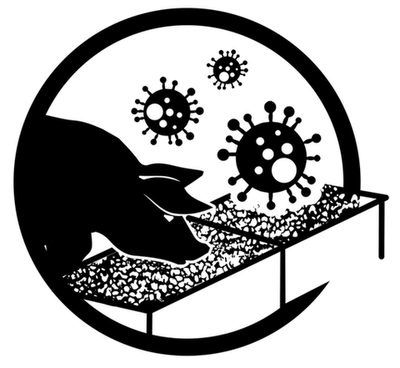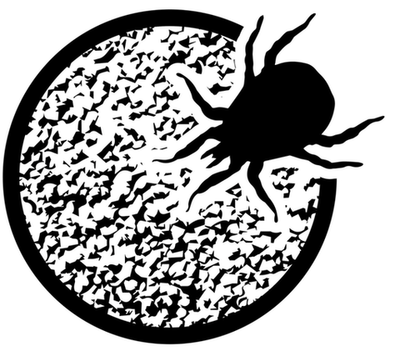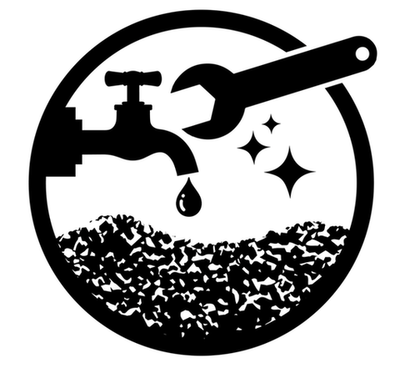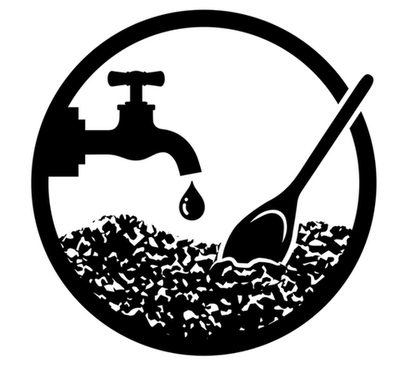
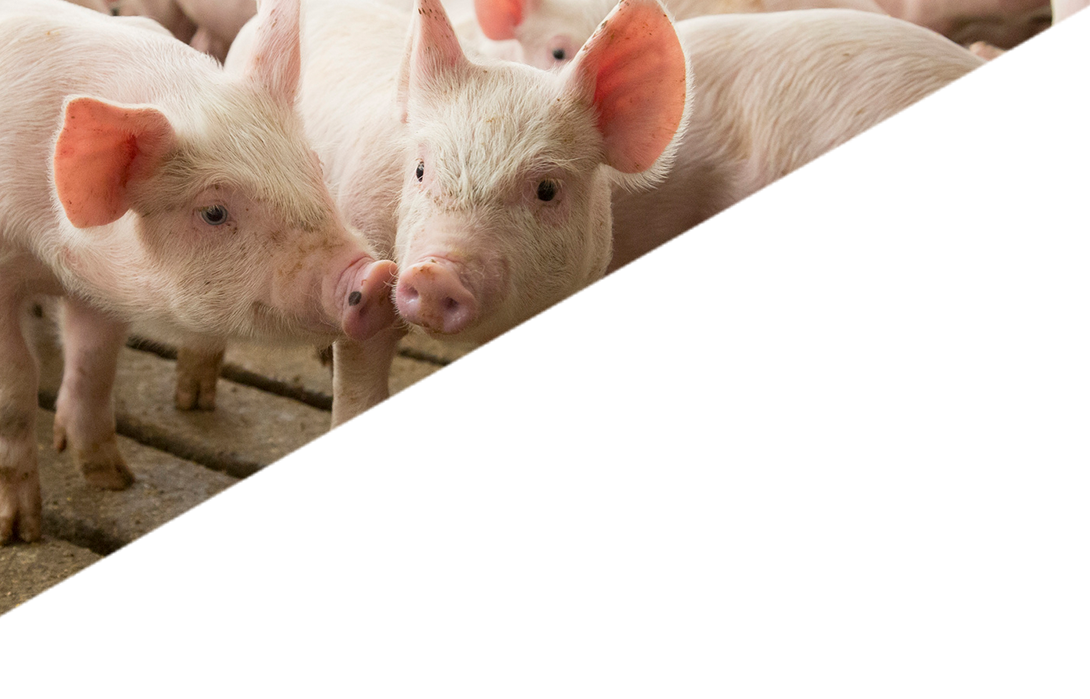
Pigs are particularly sensitive to mycotoxins, and producers should be vigilant in identifying and addressing risks such as moisture and feed buildup.
Stored feed is often at risk of mold growth, leading to the development of mycotoxins as well as insect and pest damage, all of which reduce the nutrient density in feed.
Management of feed storage in bulk bins is important to prevent this reduction in nutrients.
There are several approaches to maintaining quality feed during bulk bin storage, including:
- Running bins empty before refilling them with new deliveries.
- Not allowing old feed to accumulate in corners or pipework.
- Keeping bins in good condition to prevent water ingress.
- Restricting access by rodents and insects.
Bins should be regularly inspected for rust or damage, including leaking seams or loose joints. The inlet and outlet augers need to be examined for damage and buildup of old feed. Ideally, all bins should be run empty in 30 days, so producers need to make sure they have adequate storage capacity to allow for this without running out of feed.
In spring and autumn (every six months), all bins should again be run empty and treated with a mold inhibitor. The interior must be cleaned out with a pressure washer, paying close attention to any corners or areas where old feed may have become trapped.
Once cleaned, bins must be completely dry before refilling. Fumigation can be used to control any insects or mites that may be present, and a rodent control program should be in place and regularly reviewed.
Read More

Protecting your pigs on-farm
Click on each section to discover how to prevent feed contamination for your pigs.
Mycotoxins
Old, stale or damp feed rapidly develops mold growth. This in turn produces mycotoxins, which contaminate the feed and cause multiple problems in pigs.
Compared to cattle, pigs are very sensitive to mycotoxins. These mycotoxins can cause infertility and abortions, palatability problems, feed wastage and loss of nutrients (due to fungal activity breaking down nutrients in the feed). These problems lead to poor performance, reduced reproduction and conception rates, increased disease and health issues on the farm, and, ultimately, loss of profits.
Cereals used as a major component of pig feed are exposed to fungal contamination in the field. This may be higher during years when harvest conditions are wet. To protect against any potential fungal contamination, feeds should include a proven, broad-spectrum mycotoxin binder that will negate the effects of the toxins in the animal. Because analysis for fungal presence in large amounts of feed is very difficult and can be costly, the standard inclusion of a mycotoxin binder, such as Mycosorb A+ ®, is an important part of any feed hygiene and quality strategy on-farm.
Insect infestations in bulk feed cause several issues. First, cereal mites bore into grain and, attracted to the starch content of milled or pelleted diets, then consume this energy-dense component of the feed.
This unbalances the diet by diluting energy levels, which can also affect palatability. Mite contamination also reduces the energy-to-protein balance (affecting weight gain), increases the relative fiber levels and increases food wastage. This results in a major impact on feed conversion efficiency and growth performance, noticeably damaging profitability.
Mite contamination
Wet feeding:
Delivery and equipment
Using wet or moist feeds for pigs poses a major risk of fungal and bacterial contamination. If a farm is using these feeds, close attention to equipment hygiene and the quality of each delivered batch is essential.
Wet feeds that are not fresh and/or have been stored multiple times before delivery, especially during hotter months, are at high risk of contamination. All storage and processing/mixing areas must be regularly cleaned and disinfected following a strict hygiene plan.
Any splashes during delivery or the use of wet feeds must be cleaned up immediately. Storage tanks and pipework must be washed out to prevent fungal growth and to prevent attracting the attention of rodents, wild birds or insects.
Liquid feeding systems must be fitted with drainage points to allow for regular cleaning and efficient draining. Pipework should be disinfected to ensure any biofilms at angles or connections do not build up; these harbor pathogens that will continue to contaminate feeds passing through them.
Equipment must be regularly checked for wear and tear. Valve rubbers deteriorate, so a regular program of maintenance should be routine. A stock of the most commonly replaced parts should be maintained, and parts should be reordered once a unit is used.
Wet feeding:
Mixing and eating
When mixing complete diets, dry ingredients should be stored separately to prevent water ingress and mold growth. Insects, birds and rodents must not have access to feed storage or to mixing and processing areas.
An eradication program should be in place, including physical barriers to entry, to prevent fecal and urine contamination, which spreads disease. Wet feeds are particularly at risk from fecal contamination from wild birds, and all storage tanks must be covered to prevent this.
Wet feeds should be fed immediately after mixing, as their high-water content means they will start to ferment and spoil rapidly. Troughs used for these diets must be regularly cleaned to prevent stale food buildup, which can increase feed refusals.
To ensure all wet feeds are consumed completely by the pigs under ad lib feeding systems, delivery valves should be switched off for appropriate periods of time (i.e., for one to two hours at the end of peak feeding activity).
Feeding equipment needs to be cleaned and disinfected between batches of pigs to prevent any cross-contamination of mycotoxins or pathogens. More strict hygiene procedures need to be in place under hot, humid conditions of feed storage and wet feed use because this promotes more rapid growth of molds and multiplication of pathogens.

